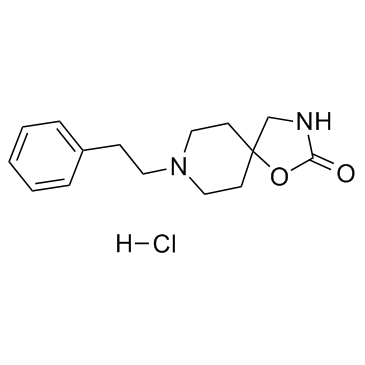| Structure | Name/CAS No. | Articles |
|---|---|---|
 |
fenspiride hydrochloride
CAS:5053-08-7 |
| Structure | Name/CAS No. | Articles |
|---|---|---|
 |
fenspiride hydrochloride
CAS:5053-08-7 |